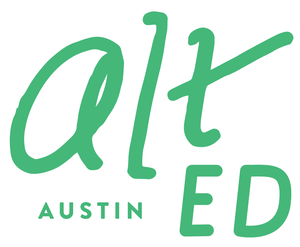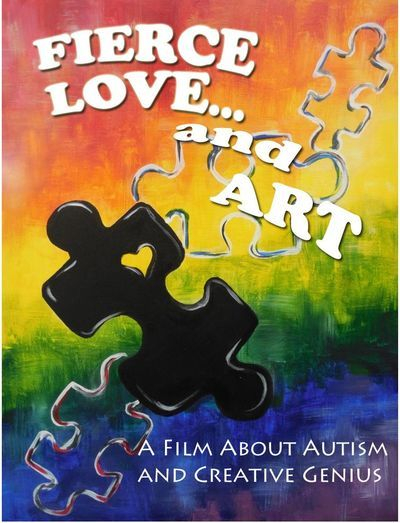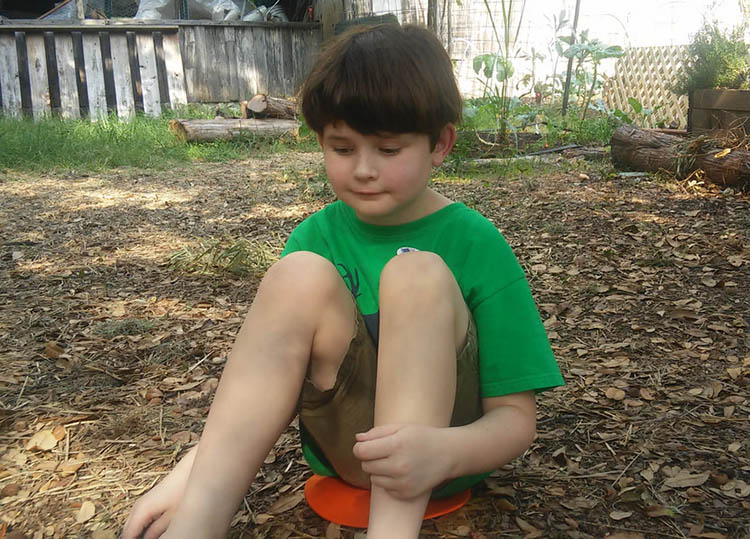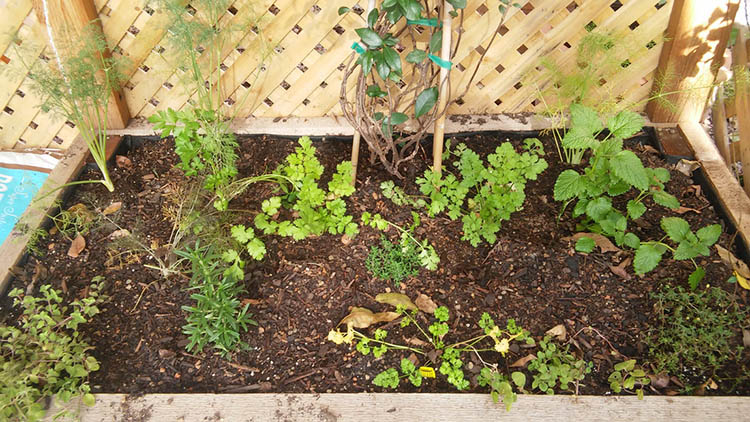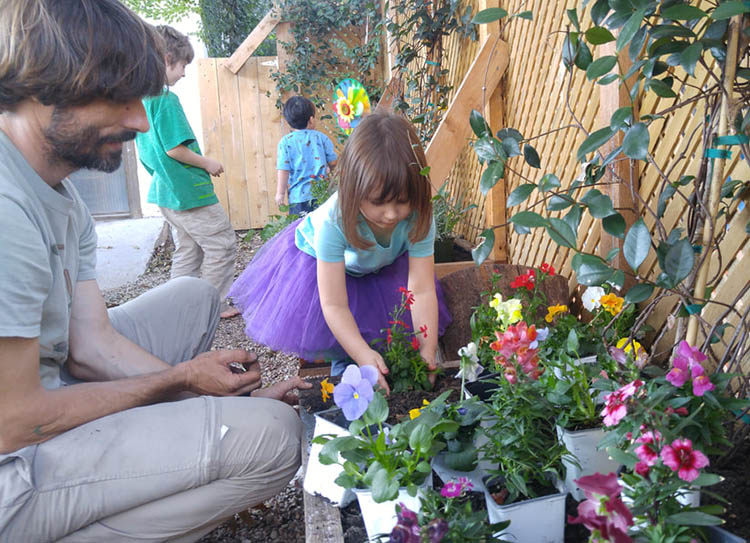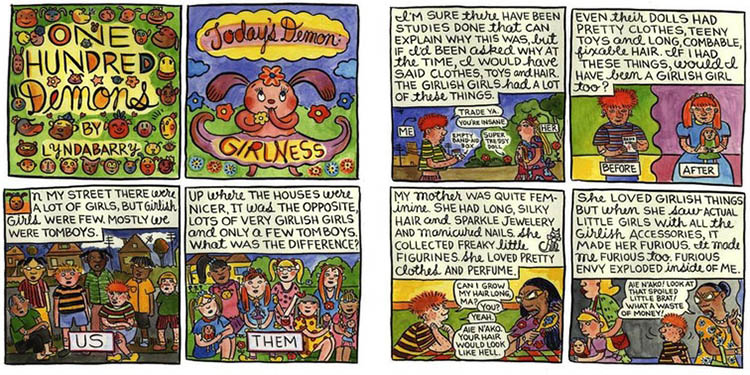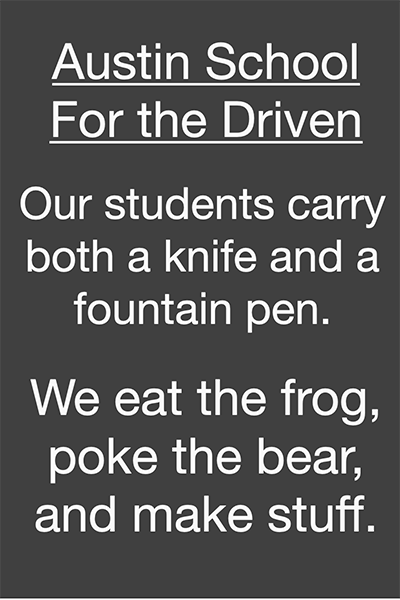Talking to teens about stress at the end of the school year
/Courtney Harris is a frequent contributor to the Alt Ed Austin blog, and today she’s back just in time to help families of teens manage the special end-of-school-year challenges. As a child-centered coach for teens and parents, Courtney supports children ages 11–19 in finding their voice, growing confidence, and thriving. Through 1:1 and small-group coaching sessions, teens and tweens overcome anxiety, disconnect, and isolation as they discover their truest sense of self and develop a deep sense of empowerment. Courtney supports parents in self-care, growing alongside their children, and developing balanced sensitivity toward the process their child is creating. Sessions with both teens and parents guide families in developing the trust, communication, and connection that's crucial for a life of ease.
The following is adapted with Courtney’s permission from the “Talking to Teenagers” series on her website, Courtney Harris Coaching; we encourage you to follow her on Facebook to learn more.
The stress is on. As the end of the academic year nears, pressures for your teenager to boost grades and “finish strong” may increase. Alternately, a feeling of failure and giving up may intensify. Wherever your tween or teen falls in this spectrum, we can assume that they are facing some variety of stress as they enter the final phase of this academic year.
On top of academics, your teen may be motivated to get a summer job, which brings its own elements of excitement, competition, and unknowns. They may be dreading the unstructured time of summer, feeling lost or purposeless without school. Instead, they may be anticipating the freedom and fun of summer so much that it becomes challenging to focus on school and academics. Social life may finally be picking up, causing your teen to worry about whether they will be able to sustain it during summer. And maybe your teen simply feels overwhelmed as they try to balance academics and extracurriculars as the year closes out. These are all potential sources of stress!
The Routine and Stress Connection
Parents often share their observations about their teen’s routines with me. As a parent, you are likely tuned into what and when your teen eats, how much they typically sleep, how many hours they spend on homework, on their screens, or with their friends. You know which routines serve your teen and which ones are challenging. In other words, you are often aware of your teen's stress patterns.
Furthermore, when you notice a drastic shift in their habits, you, too, may experience stress. For example, if you notice that your teen is no longer spending time with a friend who was previously their “bestie,” you wonder what changed. If mornings become harder and your teen is now running late and skipping breakfast, you feel concerned about how they’re sleeping and what they are staying up late doing.
Stressed-out teens may quickly change habits or routines. When you become aware of this, it can be easy to go into investigation mode. You want to know what your teen is facing so that you can help them solve it and find relief. These moments require you as the parent to slow down, breathe deep, and focus on connection first; keep reading for strategies on how to talk to your teenager about stress and overwhelm.
7 Tips for Talking to Teenagers about Stress
1. Maintain your own self-care.
If your child is facing intense stress, they will need you to be a sort of respite for them. This, of course, doesn’t mean you have to be perfect, and it definitely doesn’t mean that you are doing wrong by feeling stressed. It simply means that to show up fully for yourself and your teen, you need to be sure to refill your own tank regularly. Reserve time each day to take care of yourself—mentally, physically, emotionally, and spiritually.
2. Observe behaviors with compassion and curiosity.
The data you have about changes in your teen’s routine can help you tap into the stress or worry your teen is facing. As you observe changes, do your best to keep breathing and to act in a calm and collected way. Focus first on connecting with your teen, rather than trying to correct “the problem.”
3. Take your teen’s lead.
If you can, and the stress has not escalated to a crisis, use compassion and curiosity as you approach your teen. Wait and see if they will to come to you with their challenge first. Once they mention a stress trigger, such as “I have a massive biology test on Thursday” or “I don’t think I’ll ever find a summer job,” follow up by saying, “Tell me more about that.” You may also affirm their feelings by repeating back to them what you heard: “You have a big biology test this week” or “I understand that you don’t think you’ll find a summer job.” Allow your teen to elaborate by gently guiding them to say more using “Is there anything else?” and repetitions until they are finished. This feels more inviting and spacious to teens than a series of investigative (yet loving) questions.
4. Use open-ended questions to tap into feelings.
After your teen has expressed all they need or want to for the moment, you may invite them to explore their stress more deeply: “How does all of this make you feel?” A list of feelings can be helpful at this stage. This can also be a good opportunity to ask, “Where are you feeling this (emotion) in your body?”
5. Use open-ended questions to tap into needs.
Next, you can support your teen in acknowledging their wishes and wants. Ask, “What do you most wish/want to happen?” This is an opportunity for you to listen. Refrain from offering suggestions or ideas. Repeat their wish or want back to them. For example, “You want to start summer with a job that will help you save up for a car.”
6. Use open-ended questions to tap into actions and solutions.
You can invite your teen to practice self-compassion by asking, “What would bring you comfort right now?” or “What would help you feel rested and supported in this situation?” You may also get more specific here as your teen seems ready to problem solve: “What steps have you taken to prepare for the test/summer job/etc.?” and “What else do you feel ready to try?” If you get shoulder shrugs or “I don’t know,” it’s okay to offer a few suggestions or ideas: “How would it feel to take a walk before getting back to studying?”
7. Take breaks.
Steps 3–6 offer many questions and prompts you can use to support your teen in assessing their stress and managing it with self-awareness. However, they might not have the stamina to answer or reflect on all of these in one sitting. And you might be tired, too! Let this be okay. Know that their stress doesn’t need to be completely resolved after one conversation. This is a great opportunity to focus on encouragements, such as, “I love you no matter what.” Furthermore, rest assured that you have created connection, and this connection can be massively healing already.
As we approach the end of the 2017–2018 school year, I wish you and your teen lots of fun and celebration. In times of stress or big emotions, know that you and your teen are completely normal for having these feelings. If your family would like support during this process, I’d love to gift you with a one-hour call to help you and your teen create a plan for peace and ease.
Courtney Harris
